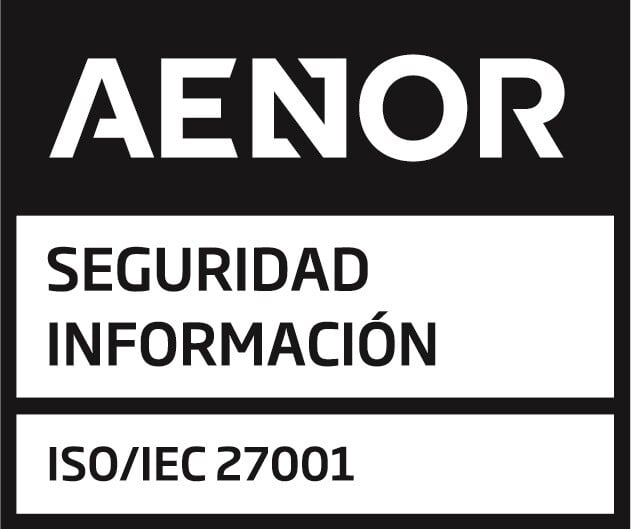Hybrid renewable portfolios, combining solar, wind, and storage, promise higher capacity factors, improved grid flexibility, and diversified revenue streams. For independent power producers (IPP’s) and asset managers, the opportunity is clear, but so is the challenge: hybrid does not mean simply co-locating technologies. Operating these portfolios requires a coordinated approach that integrates technical, contractual, and financial realities.
Why hybrid portfolios are complex, and how it impacts management
Hybrid renewable assets promise smoother production profiles, better grid participation, and diversified revenue streams. A well-structured hybrid portfolio can generate more stable output and optimize revenue stacking through diverse contracts. Yet these benefits bring a new level of operational and strategic complexity.
- Different performance behaviors. Solar, wind, and batteries each have unique generation curves, degradation rates, and operational constraints. For instance, a PV + BESS site reacts differently to weather patterns than a wind + BESS site in the same region. Understanding these interactions is critical to avoid performance shortfalls.
- Multiple layers of obligations. Hybrid portfolios operate under overlapping frameworks: PPAs, warranties, and performance KPIs. A single event, like a battery overheating or a mismanaged discharge cycle, can have technical, safety, and financial consequences.
- Non-standard KPIs. Storage systems lack widely adopted industry benchmarks, making performance evaluation and portfolio comparisons inconsistent. This can lead to flawed decision-making and missed optimization opportunities.
This complexity is not purely technical (it spans contracts, warranties, revenue models, and compliance requirements). Without proper oversight, misalignments between these layers can result in revenue leakage and regulatory exposure.
From an asset management perspective, these conditions create specific operational challenges:
- Fragmented tools. Most platforms were designed for single technologies and cannot manage the interplay between solar production, wind variability, and battery cycling.
- Data silos. SCADA data, PPAs, warranty logs, and financial records are often disconnected, making it difficult to trace how a single event affects revenue or compliance.
- Manual reporting and reconciliation. Without unified workflows, reporting is slow and error-prone. Financial teams waste hours reconciling meters and inverters, while operational teams respond late to performance issues.
- Operational blind spots. Hybrid sites generate large volumes of data, and without event correlation, small anomalies can snowball into financial losses.
Together, these factors cost time, increase operational risk, and erode confidence in both performance and reporting. A hybrid portfolio may look promising on paper, but without the right management approach, complexity turns into hidden inefficiency.
Building a fit-for-purpose hybrid management process
Managing hybrid portfolios effectively requires more than adapting old systems. A purpose-built, integrated approach ensures that complexity translates into opportunity rather than risk.
- Integrated platform
- Connects technical, operational, financial, and contractual data layers into a single, unified system.
- Provides visibility into how technical events affect KPIs, warranties, and revenue.
- Advanced event correlation
- Links operational anomalies, like curtailment events, inverter faults, or temperature excursions, to their contractual and financial impact.
- Reduces blind spots and enables proactive issue resolution before revenue is lost.
- Standardization with flexibility
- Supports standardized KPIs and reporting to allow portfolio-wide benchmarking and scaling.
- Offers flexibility to accommodate technology-specific metrics, evolving revenue models, and new storage configurations.
- Actionable insights and automation
- Automates repetitive reporting tasks, ensures accuracy, and highlights the most critical operational and financial risks.
- Helps teams prioritize actions that protect IRR and maintain investor confidence.
With these elements in place, asset managers can shift from reactive troubleshooting to proactive, data-driven control that safeguards portfolio value.
Strategic impact of effective hybrid management
When hybrid portfolios are managed with clarity, the benefits extend across the entire organization:
- Financial protection: Revenue stacking and PPA compliance become easier to track and enforce, reducing the risk of missed payments or penalties.
- Risk mitigation: Early detection of warranty or safety issues prevents costly incidents and operational downtime.
- Portfolio scalability: Standardized yet flexible processes allow organizations to add new hybrid sites without overwhelming teams or increasing operational risk.
For example, a 150 MW hybrid site that integrates wind, solar, and BESS may generate thousands of data points daily. Without an integrated system, detecting underperformance in battery cycling or enforcing warranty obligations is nearly impossible. With event correlation and unified reporting, small issues are resolved quickly, revenue loss is prevented, and the portfolio remains investor-ready.
Hybrid portfolios can deliver exceptional value, but only if their complexity is managed with insight and coordination. A structured, proactive approach ensures that technical events are interpreted in the right financial and contractual context, preventing silent revenue leakage.
From complexity to clarity with QBi
QBi enables asset managers to transform hybrid complexity into opportunity by offering:
- Unified data ingestion and monitoring across solar, wind, and storage assets.
- Event correlation and traceable workflows that connect operational anomalies to their financial and contractual outcomes.
- Scalable reporting and automation that balance standardization for efficiency with flexibility for unique site conditions.
By integrating operational, financial, and contractual layers, QBi allows teams to manage hybrid portfolios at scale with confidence. Clean, traceable data and automated insights reduce manual effort, enhance transparency, and protect portfolio value.
Hybrid portfolios can deliver exceptional value—but only if their complexity is managed with clarity. Is your current setup ready for the hybrid era?
